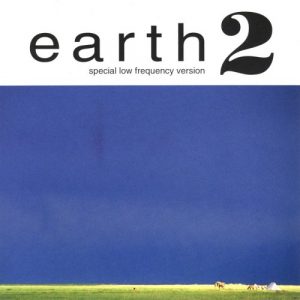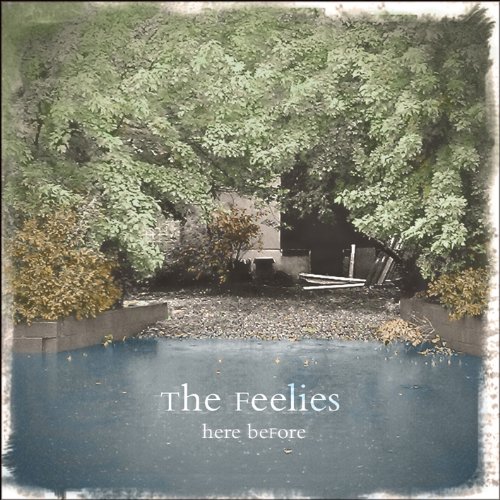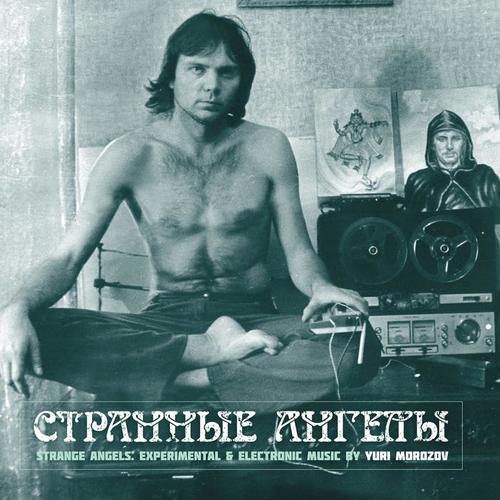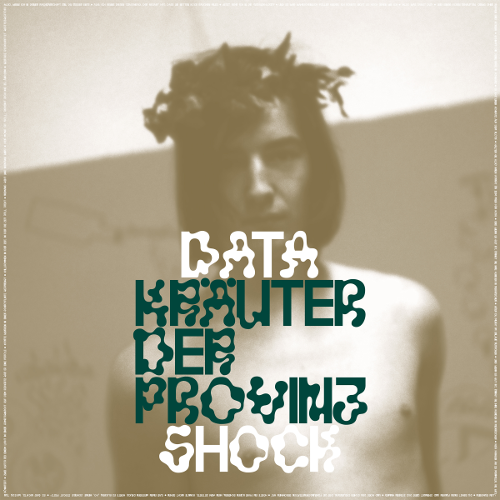 In the vast and proliferated landscape of modern drone music, Earth‘s seminal album Earth 2: Special Low-Frequency Version stands as a progenitor, a colossal testament to the transformative power of the riff and an answer to that most universally of asked questions, “What happens when you force-feed Tony Iommi with an industrial-sized bucket of tranquilliser?” Arriving unheralded, like the alien monolith in 2001: A Space Odyssey, the fascinated primitives who gathered around it were taught an unforgettable lesson about the elegance of simplicity and the power of, well, power.
In the vast and proliferated landscape of modern drone music, Earth‘s seminal album Earth 2: Special Low-Frequency Version stands as a progenitor, a colossal testament to the transformative power of the riff and an answer to that most universally of asked questions, “What happens when you force-feed Tony Iommi with an industrial-sized bucket of tranquilliser?” Arriving unheralded, like the alien monolith in 2001: A Space Odyssey, the fascinated primitives who gathered around it were taught an unforgettable lesson about the elegance of simplicity and the power of, well, power.
Released in 1993, the album was the brainchild of Earth’s prime mover, guitarist Dylan Carlson, and represented their debut foray into a genre which Carlson would later dub ‘ambient metal’. Hailing from the same Pacific northwest geography as his friend, college room-mate and sometime collaborator, Kurt Cobain, Carlson had in his youth become similarly enamoured with the power of the rock guitar but, instead of taking the tempo, the speed, and the aggression up, the later influence of La Monte Young and Melvins conspired to drive him into the opposite direction, towards an alternative focus on detail, repetition, and glacial change.
As Carlson explained:
…when I would hear a song and there’d be a cool riff or a cool part of the song I was always like, ‘Oh, what would it be like if they stayed on that instead of moving on to the next part?’ Then I read about minimalism and stuff like that. I was like, ‘Oh, what if we take a Slayer-style riff and play it for twenty minutes at half speed?’ I guess you could say that was my one good idea. Earth 2 is Carlson’s first attempt to answer his own question, an immersive aural experience that battered the previous conventional notions of music, time and sonic space. From the moment the first chord reverberates through the speakers, the listener is given a lead weight and pushed unceremoniously into the musical abyss. The opening track, simply titled “Seven Angels”, sets the tone for the entire album. A single sustained chord, played at a volume that demands attention, hangs in the air like an impending storm. This is not music in the traditional ‘rock’ or ‘metal’ sense, but rather an auditory journey into the depths of consciousness.One of the defining characteristics of Earth 2 is its reliance on extreme low frequencies. The album’s subtitle, Special Low-Frequency Version, is not a mere promotional braggadocio; it’s a statement of intent. The frequencies explored across the album’s grooves are so low that they can be felt as much as heard. When played at a substantial volume, the vibrations become a physical force, resonating through the listener’s body and surroundings. It’s an almost ritualistic experience, a summoning, using the music as a conduit into a well of primordial energy. SunnO))), taking their cue from Earth,i would later build on this insight.
The album comprises three tracks, each surpassing the twenty-minute mark. “Seven Angels” is followed by “Teeth of Lions Rule the Divine” and “Like Gold and Faceted”. Each track is a sonic meditation, an exploration of minimalism and repetition. The slow, deliberate pacing creates a hypnotic effect, drawing the listener into a trance-like state. This deliberately rationed and controlled tempo allows them to sink into the depths of each note, discovering nuances that might be lost in faster, more conventional tempos. Carlson’s guitar work is the propulsive force behind each of the three tracks, his approach to the instrument meditative, relying on sustained chords and droning melodies and flashing harmonics rather than speed and technique. The effect is to make the guitar a vessel for transcendence, guiding the listener through a dense sonic landscape that is at once desolate and sublime. The deliberate lack of traditional song structures and melodies upends rock – metal – preconceptions, inviting only surrender to the raw power of sound.The album’s production, too, is as integral to its impact as the music itself. The decision to work with renowned Seattle producer Stuart Hallerman, whose CV already boasted work with local heroes such as Soundgarden and Supersuckers, was an inspired one. Hallerman’s expertise in capturing the essence of the music – without compromising its integrity – is evident throughout. The production values are unapologetically raw, allowing the organic nature of the sounds to shine through.
The absence of studio embellishments contributes to the album’s authenticity, maintaining the focus on the intensity of the compositions, and making the whole piece a genuine representation of the sonic journey Earth intended to create. Earth 2 is not an album for casual listening or background music, despite Carlson’s description of it as ‘ambient’. It demands an attentive audience willing to surrender to its unorthodox power. Don’t trying playing it whilst cleaning the bath: experience it in solitude, preferably with some high-quality speakers or a pair of headphonesii that can faithfully reproduce the low frequencies. This is a meal that requires time and patience.While Earth 2 has undoubtedly influenced a generation of experimental and drone musicians, its impact goes beyond the confines of genre. The album is a pilgrimage, an exploration of the primal power of vibration and resonance. It transcends the boundaries of conventional rock music, offering an immersive experience that is both challenging and rewarding for those willing to embark on the journey.
At the time of the album’s release, it was so hugely out of step with the contemporary musical image of Seattle in the world’s eyes; but thirty years since its release, Earth 2 remains a testament to the enduring power of uncompromising artistic vision.-David Solomons-
i Indeed, Earth took their name from a discarded name used by an early incarnation of the proto-Sabbath, whilst SunnO))) would take as theirs another celestial body, referencing Carlson’s work obliquely in the process. Keeping up at the back, there?
ii Renowned guitarist and composer Alan Licht commented sagely that “even on headphones it’s hard to tell what the fuck they’re really doing”.



